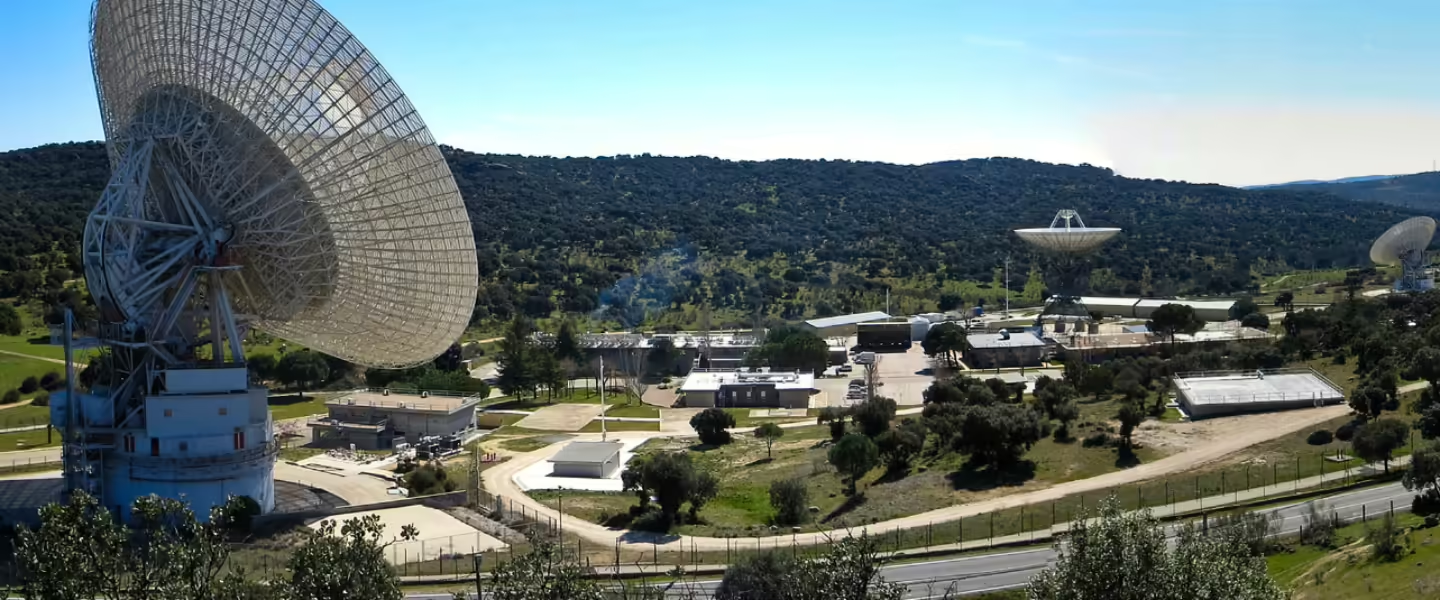PICKS are stories from many sources, selected by our editors or recommended by our readers because they are important, surprising, troubling, enlightening, inspiring, or amusing. They appear on our site and in our daily newsletter. Please send suggested articles, videos, podcasts, etc. to picks@whowhatwhy.org.
|
Listen To This Story
|
NASA Shows How It Will Talk to Spacecraft More Than 15 Billion Miles Away (Maria)
The author writes, “For the first time, NASA’s Deep Space Network — which communicates with the agency’s legendary Voyager 1 spacecraft — pointed all six of the large antenna dishes at its Madrid Deep Space Communication Complex at the interstellar craft. Combining antennas together, aka ‘arraying,’ allows NASA to create a bigger overall antenna and pick up ever-fainter signals from Voyager 1, a craft over 15 billion miles away — and counting. … Voyager 1 and 2, launched in 1977, have left the sun’s influence and are the only human-built craft to enter interstellar space. So the data they’re returning is invaluable.”
America’s Colleges Are Reaping What They Sowed (Laura)
From The Atlantic: “Many universities at the center of the ongoing police crackdowns have long sought to portray themselves as bastions of activism and free thought. Cornell is one of many universities that champion their legacy of student activism when convenient, only to bring the hammer down on present-day activists when it’s not. The same colleges that appeal to students such as Wilson by promoting opportunities for engagement and activism are now suspending them. And they’re calling the cops.”
MTG Votes Against Antisemitism Awareness Act, Cites Antisemitic Trope (Laryn)
The author writes, “‘Antisemitism is wrong, but I will not be voting for the Antisemitism Awareness Act of 2023 (H.R. 6090) today that could convict Christians of antisemitism for believing the Gospel that Jesus was handed over to Herod to be crucified by the Jews,’ Greene wrote in a post on X, formerly known as Twitter. Greene’s post cited one of the IHRA’s examples of antisemitism, ‘Using the symbols and images associated with classic antisemitism (e.g., claims of Jews killing Jesus or blood libel) to characterize Israel or Israelis.’ According to the United States Holocaust Memorial Museum, the myth that Jews are responsible for the death of Jesus has been used to justify antisemitism for centuries.”
Website Files for Bankruptcy Amid Lawsuit by Fulton County Election Workers (Reader Steve)
From The Seattle Times: “A right-wing website that spread false claims of voting fraud against two Georgia election workers has filed for bankruptcy as it tries to fend off a defamation lawsuit. The Gateway Pundit accused Fulton County election workers Ruby Freeman and Shaye Moss of counting ‘suitcases’ of fraudulent ballots during the 2020 presidential election — a claim that state investigators quickly debunked. The workers are seeking compensatory and punitive damages in a defamation lawsuit filed in St. Louis, where its founder lives. Last week the website’s parent company, TGP Communications, filed for bankruptcy in Florida.”
What Poets Know That ChatGPT Doesn’t (Gerry)
The author writes, “ChatGPT cannot write poetry — or prose, for that matter — that is ‘the cry of its occasion,’ as Wallace Stevens would have it, because there is no lived ‘occasion’ other than the set of texts it can read. Neither can there be emotion recollected in tranquility. There’s no involuntary memory that’s stimulated by the taste of a madeleine. Creativity requires more than an internet-size syllabus or a lesson in syllables.”
Wounded Orangutan Seen Using Plant as Medicine (Mili)
From the BBC: “A Sumatran orangutan in Indonesia has self-medicated using a paste made from plants to heal a large wound on his cheek, say scientists. It is the first time a creature in the wild has been recorded treating an injury with a medicinal plant. After researchers saw Rakus applying the plant poultice to his face, the wound closed up and healed in a month.”




